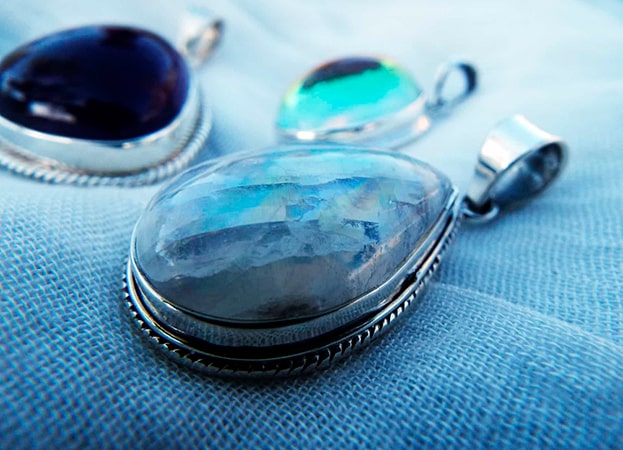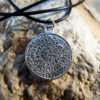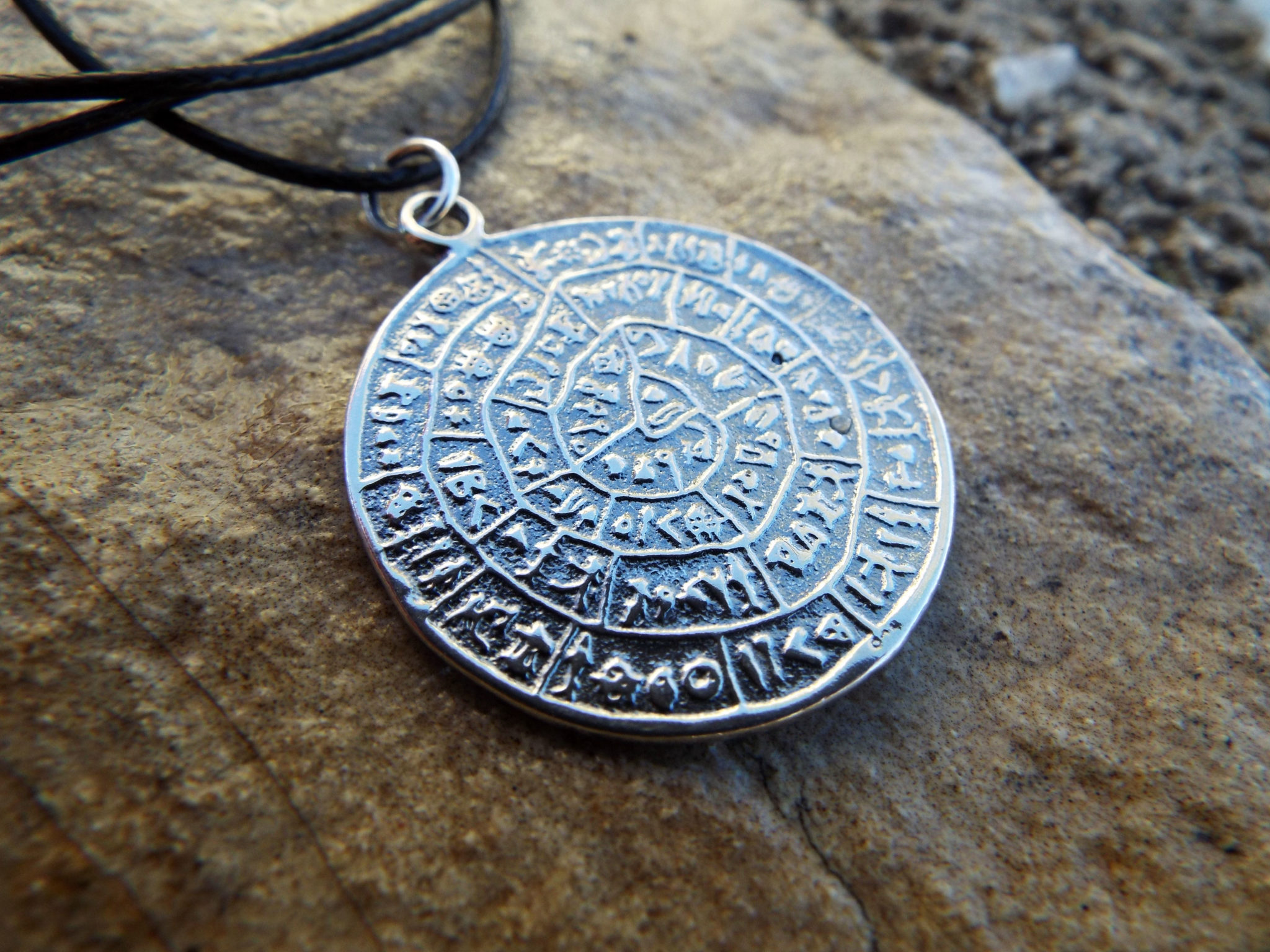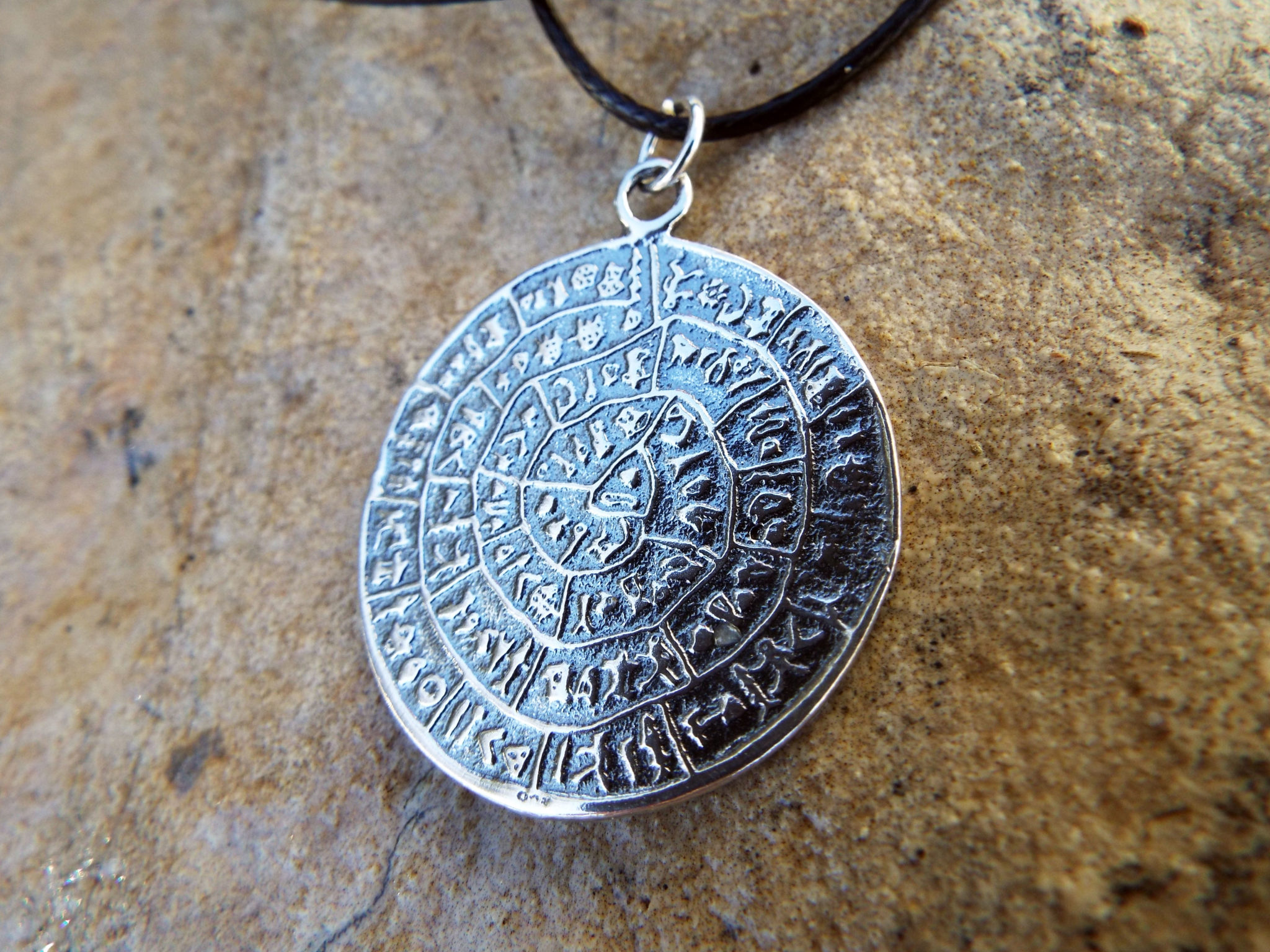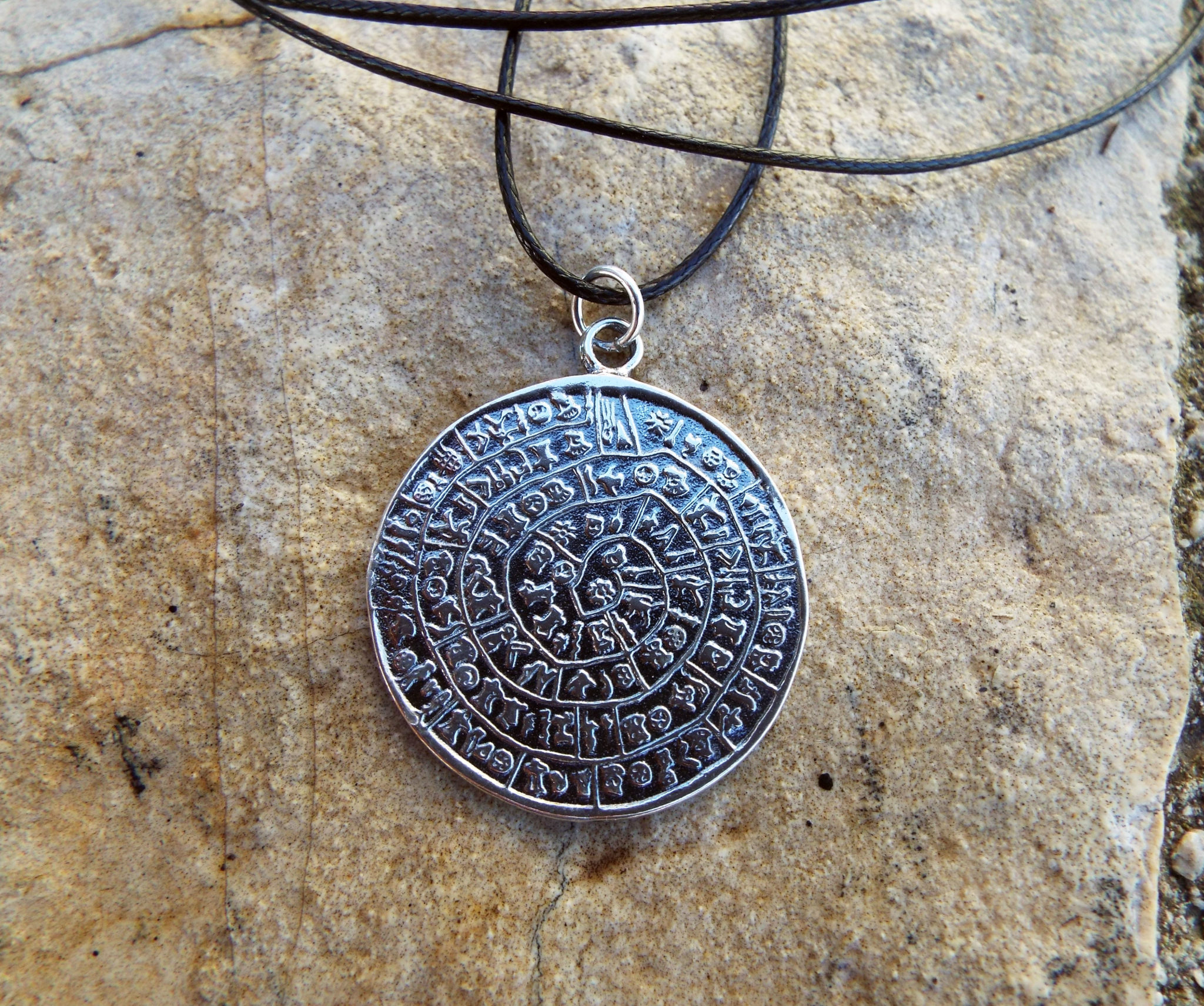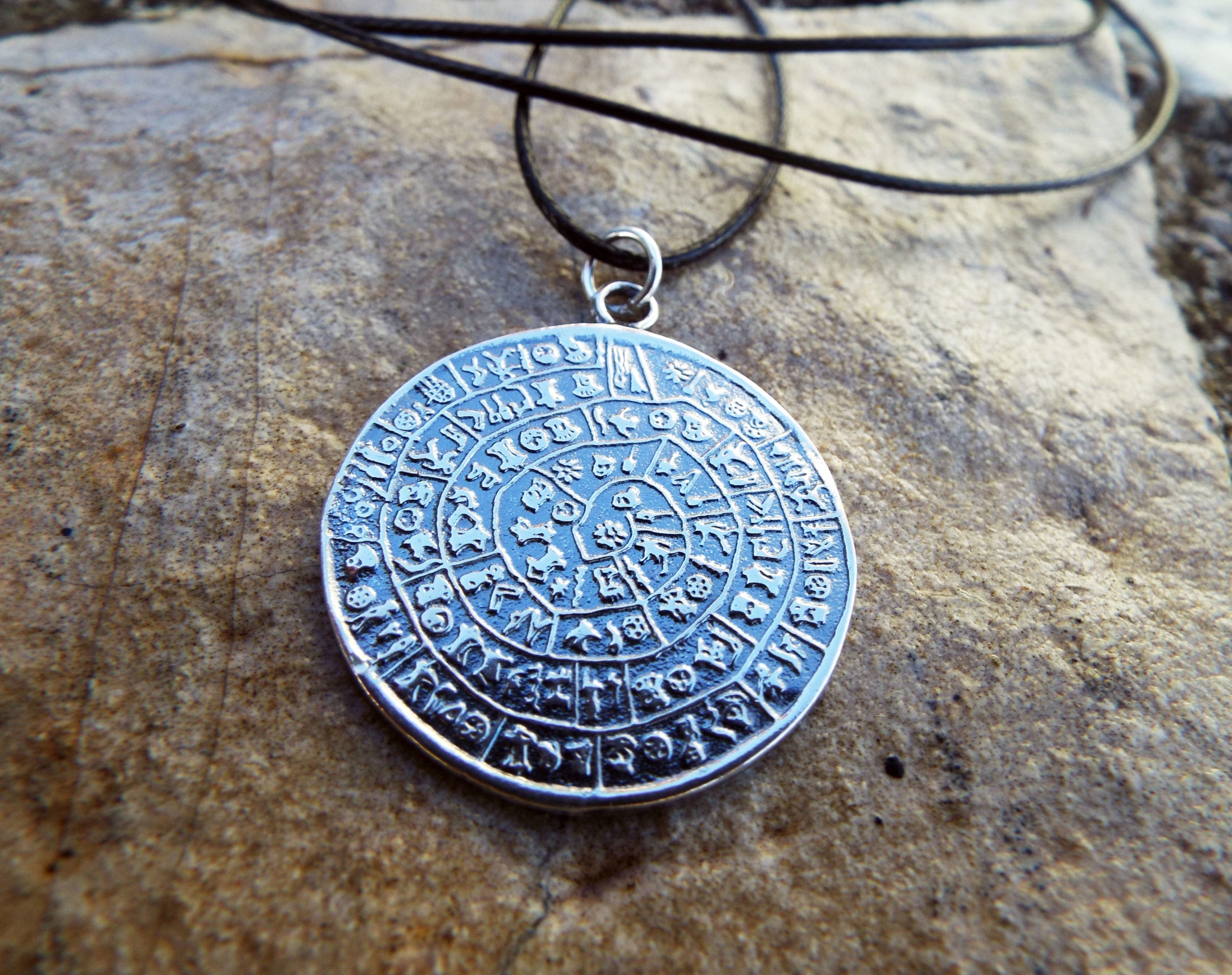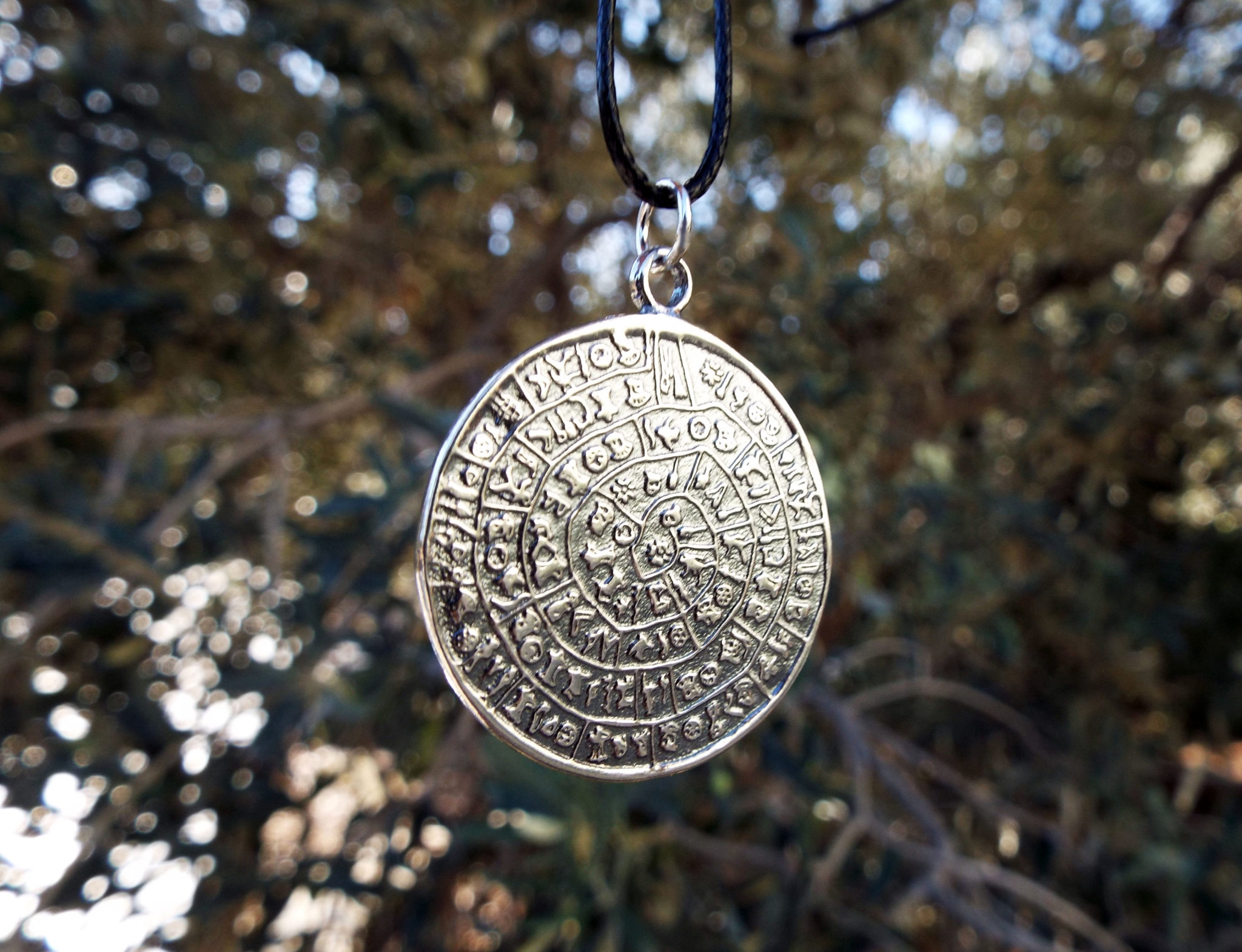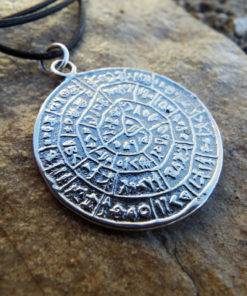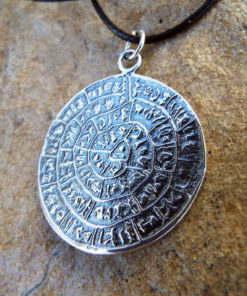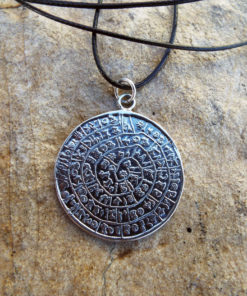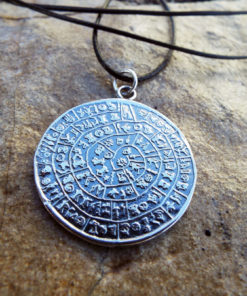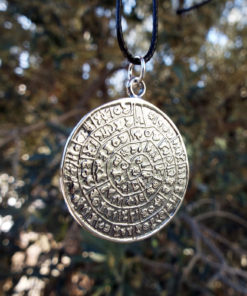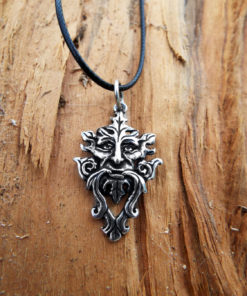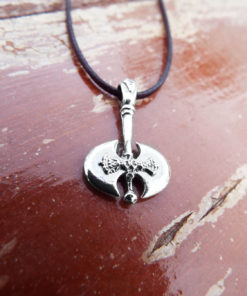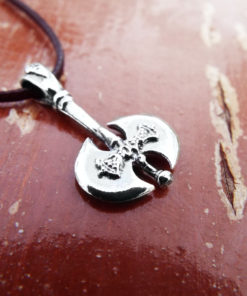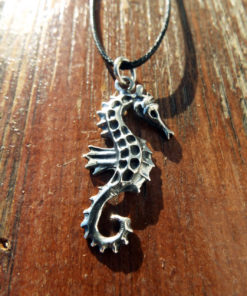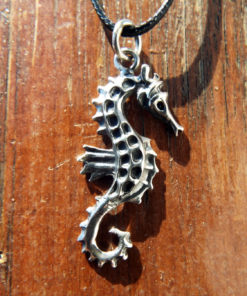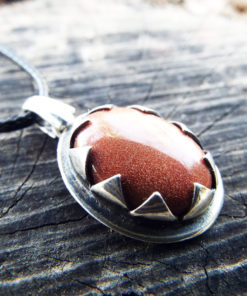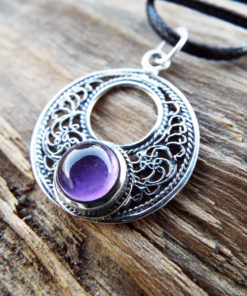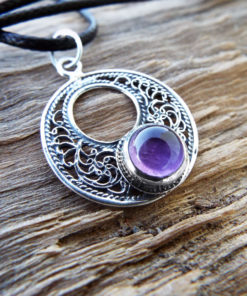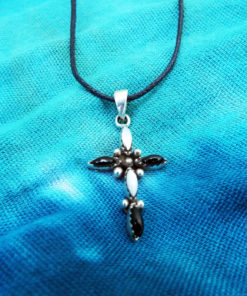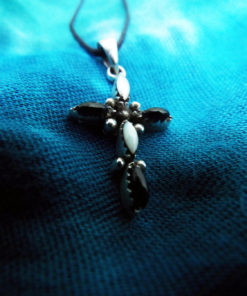The disc of Phaistos is the most important example of hieroglyphic inscription from Crete and was discovered in 1903 in a small room near the depositories of the “archive chamber”, in the north – east apartments of the palace, together with a Linear A tablet and pottery dated to the beginning of the Neo-palatial period (1700- 1600 B.C.).
The exact location of Phaistos was first determined in the middle of the 19th century by the British admiral Spratt, while the archaeological investigation of the palace started in 1884 by the Italians F. Halbherr and A. Taramelli.
After the declaration of the independent Cretan State in 1898, excavations were carried out by F. Halbherr and L. Pernier in 1900-1904 and later, in 1950-1971, by Doro Levi, under the auspices of the Italian Archaeological School at Athens.
Scientists have been trying to decipher the mysterious “Phaistos Disk” ever since the 4,000-year-old clay disk was discovered in 1908 on the Greek island of Crete. But no one seems to have been able to translate the mysterious language inscribed on the disk, which dates back to 1700 B.C. and the height of the Minoan civilization — until now.
Dr. Gareth Owens, who has been studying what he cheekily refers to as the “first Minoan CD-ROM,” has figured out not only what the language sounded like but also some of the meaning it conveys, Discovery News reported.
The disk can be read in a spiral direction from the outside rim to the inside. Using what previous studies have shown about Cretan hieroglyphics, and the scripts Minoan Linear A and Mycenaean Linear B from ancient Greece, the researcher was able to identify three key words:
-IQEKURJA, which may mean “pregnant mother” and/or “goddess.”
-IQE, which may mean “mother” and/or “goddess” and which appears repeatedly on the disk.
-IQEPAJE or IQE-PHAE, which may mean “shining mother” or “goddess.”
Owens concluded that the disk may contain a prayer to a Minoan goddess.
“The goddess mother has been suspected for a century because of what we think we know about Minoan religion, but the point was to prove it linguistically,” Owens said in the email. “The proof is in the pudding.”
This pendant is handmade of sterling 925 silver and contains strange hieroglyphs that no one has understood even today. The purpose of this symbol is surely magical and mysterious, and the wearer will strongly feel its mystic energies.
The pendant measures:
3.8cm long (1.5 inches)
2.8cm wide (1.1 inches)
The piece will be sent with an adjustable black cotton strap, but it also looks great with a silver chain.
If you have any questions feel free to ask!
Happy buying 🙂
